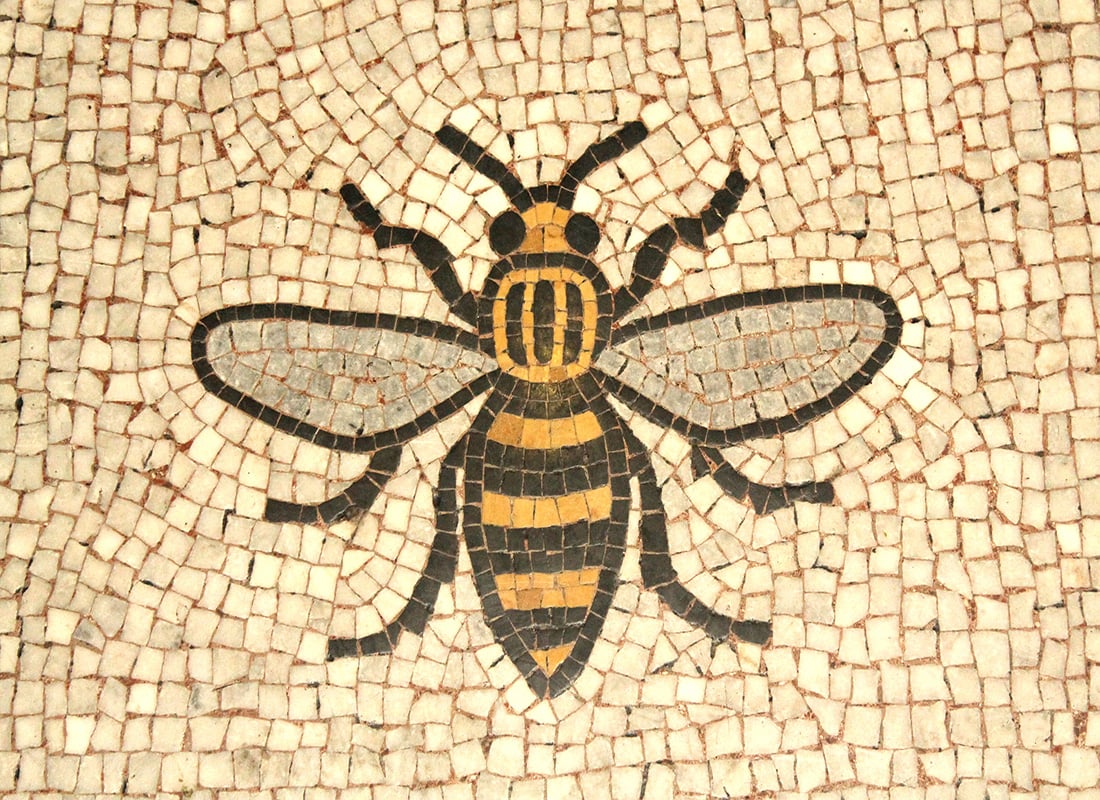Dr Beran Necat, senior ICT lecturer, Havering College of F&HE, looks at how the web originated and how it might evolve in the future.
Tim Berners-Lee at CERN published the formal proposal for the World Wide Web on November 12, 1990 and three months later built all the tools for a working web that successfully combined HTTP and the internet.
His use of unidirectional links to web resources had created a non-proprietary way for developers to build independent web servers and web clients.
On 30 April 1993 CERN released a ground-breaking document stating that it had released the technology into the public domain and that further development would be completely royalty free. This greatly contributed to the rapid growth of the web and the technology that drives it.
Since then content on the web has exploded. Originally only a small number of writers provided content for a large number of readers.
Today many more sources of data are being used on the web such as VoIP, XML, streaming video and sound from many providers including Blogs, Wikis, and Pod casters. There is so much data being contributed that it is impossible to keep up. Web 2.0 addresses this short fall with new technology such as web services, AJAX and SPARQL.
SPARQL will provide more meaningful queries by slicing through all types of web content in order to resolve a query. However, there is also a need to have web applications transact with each other and have web pages be more similar to interactive applications.
AJAX turns web pages into web applications by performing multiple asynchronous transactions with back-end services. Web services allow networked applications to transact with each other over a HTTP bus that may be the internet, intranet or extranet.
Web applications use a loosely coupled self describing interface to communicate with each other. This interface is based on RDF, JSON, XML and WSDL technologies.
RDF (Resource Definition Language) gives meaning to data in a machine readable format. JSON (JavaScript Object Notation) is a subset of the Java object literal notation that is arguably as light as XML. XML (Extensible Markup Language) is a text-based self-describing hierarchical container of named data elements.
An XML based definition language called WSDL (Web Service Description Language) is used to describe the interfaces of web-based applications that are part of a SOA (Service Oriented Architecture) and are commonly called web services.
Web services provide re-useable interoperability between software applications running on disparate platforms and uses a request/reply transaction protocol over HTTP that consists of XML-based SOAP (Simple Object Access Protocol) messages that are described in a WSDL document.
Today many companies provide web services, including Google, EBay, Amazon.com, PayPal and MSM.
Web 2.0
Web 2.0 introduces a paradigm in which web documents are broken down into micro content that is distributed over many domains. New tools mix and aggregate the micro content into useful data for users and applications.
In Web 1.0, HTML and CSS are used to render data into a human readable form but in Web 2.0, where semantics and the meaning of the data is more important, XML is more significant.
Important components of Web 2.0 are blogs, wikis and podcasts. Blogs and wikis are significant human collaboration tools.
The first blogs started out as online diaries in 1994 and were later called 'weblogs', a term coined by Jorn Barger in December 1997.
The word blog is simply a shortened version of weblog. Most of the entries in a blog cover commentary or news on the subject and are textual but some blogs do focus on photos, video and sound.
A wiki is a collaborative tool for users to share knowledge. It provides a process for easily creating HTML pages which can quickly be added, removed and edited. Each change is logged for backup and restore. New in the wiki space are mash-ups, which users build up from contents of other sites.
Podcasting provides a method of publishing multimedia files on the internet and allows users to receive the files by subscription for playback, using a protocol called RSS on their personal computers or mobile devices like the iPod. Podcasting will play an important roll in future education with online learning.
Wikipedia is a Wiki-based internet encyclopedia built by online volunteers. Wikipedia has more than 4.3 million articles in many languages with 1.2 million articles in English. Wikipedia ranks in the top 20 most visited sites. Wikipedia is free and constantly updated and provides diverse and detailed coverage.
According to Berners-Lee the semantic web, like XML, is a declarative environment, where you say what you mean via data and not what you want done with it. The semantic web is an extension of Web 2.0 and is intended to make it possible for computers to perform complex tasks, such as those done by people.
But before that can happen, every piece of content in the web has to be encoded with metadata so that computers can understand what the meaning of the data is. This metadata encoding will be done with RDF and OWL.
OWL is used to describe the relationships between entities in the semantic web. This differs from the XML schema in that OWL defines a knowledge representation between entities rather than a message format. SPARQL will use this metadata to query the web content.
NLP (natural language processing) enables a computer to recognise and understand human languages.
The advantage of NLP is that users don't need to learn formal query languages to do complex data queries on the web. Technology developments in the semantic web are providing many of the parts needed to make NLP a reality, such as ontologies, RDF and OWL.
It is proposed that natural language queries will be parsed into a machine readable format like XML. The XML will be used to execute the query and the resulting XML reply will be converted back into a natural language reply for easy human readability.
The web has evolved rapidly from web pages and email into a huge network of collaborating services and people. In future it will include diverse objects and become a network of things executing as a large virtual computing platform.
It will be bigger, faster and have a lot more functionality. Huge improvements in network band width and the fact that the digital divide is decreasing means that more and more users will be online.
Online education will grow significantly with even more collaboration and online researching being done than before.
References
- Wikipedia http://en.wikipedia.org
- The World Wide Web: A very short personal history
Tim Berners-Lee (1998) - The future of the Web is Semantic Naveen Balani (2005)












